Through the social space assay, I measured how close the flies stayed to each other when allowed to move freely in a small chamber. My results surprised me: the flies in the control vial stayed the farthest apart, while those in both the less crowded and more crowded vials stayed closer together. This result ran counter to my hypothesis, and is quite surprising besides: apparently, the flies were least happy and sociable at a middle density. I am not sure why this result occurred, but my best educated guess was that the flies are comfortable when they have plenty of space, and therefore happier and more sociable. However, when placed in crowded environments, the flies become accustomed to crowds and choose to remain close together even when they’re able to spread out more.
Those are my results, but I’m sure you’re wondering how measuring fruit fly anxiety has any practical purpose at all. As I’ve mentioned before, fruit flies have emotions like humans do, so they are a valuable proxy for quickly gathering data to guide future experiments. Currently, millions of people live in crowded conditions around the world, from refugee camps to major cities, but only limited research has been done on what effects, if any, overcrowding has on the physical and mental health of those affected. Research in fruit flies could be used as a springboard to direct future studies into this potential public health concern.
These weeks have gone by quickly, but I’ll certainly make use of the skills and connections I made here for a long time in the future. Stay tuned for… well, for the next group of intelligent, talented students who will take up the TRIP mantle starting in the spring. They might not cram flies into tiny spaces, but they’ll find some equally interesting ways to experiment on hapless fruit flies.
2 Comments
Your comment will be posted after it is approved.
Leave a Reply. |
Archives
April 2024
Categories
All
|
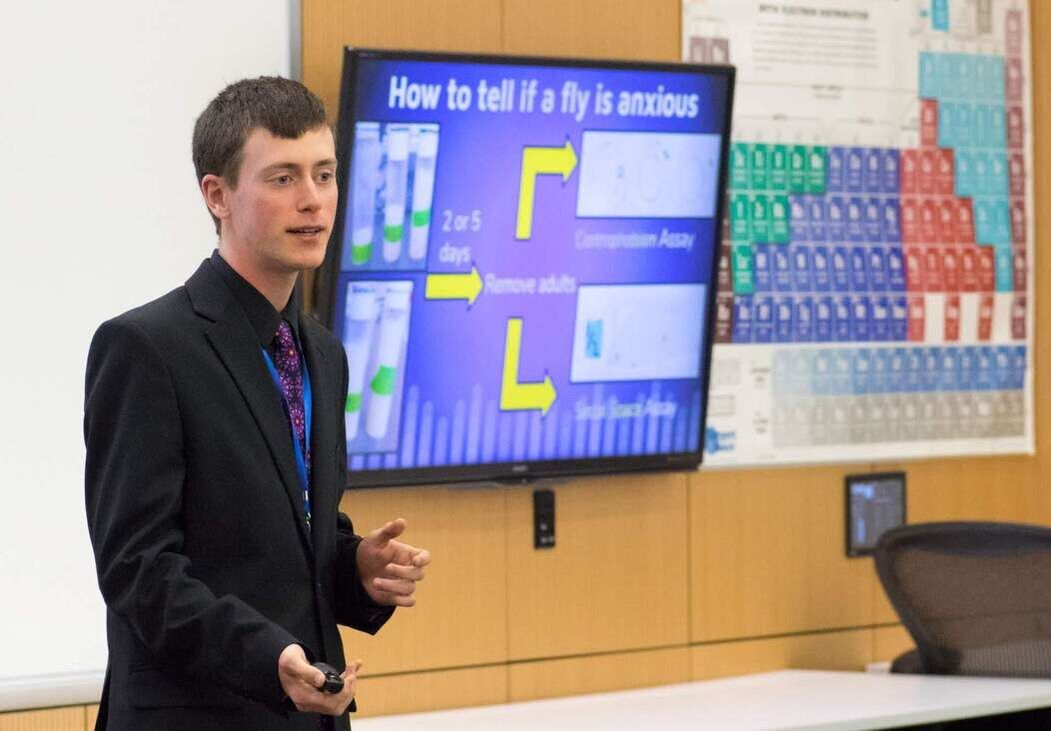
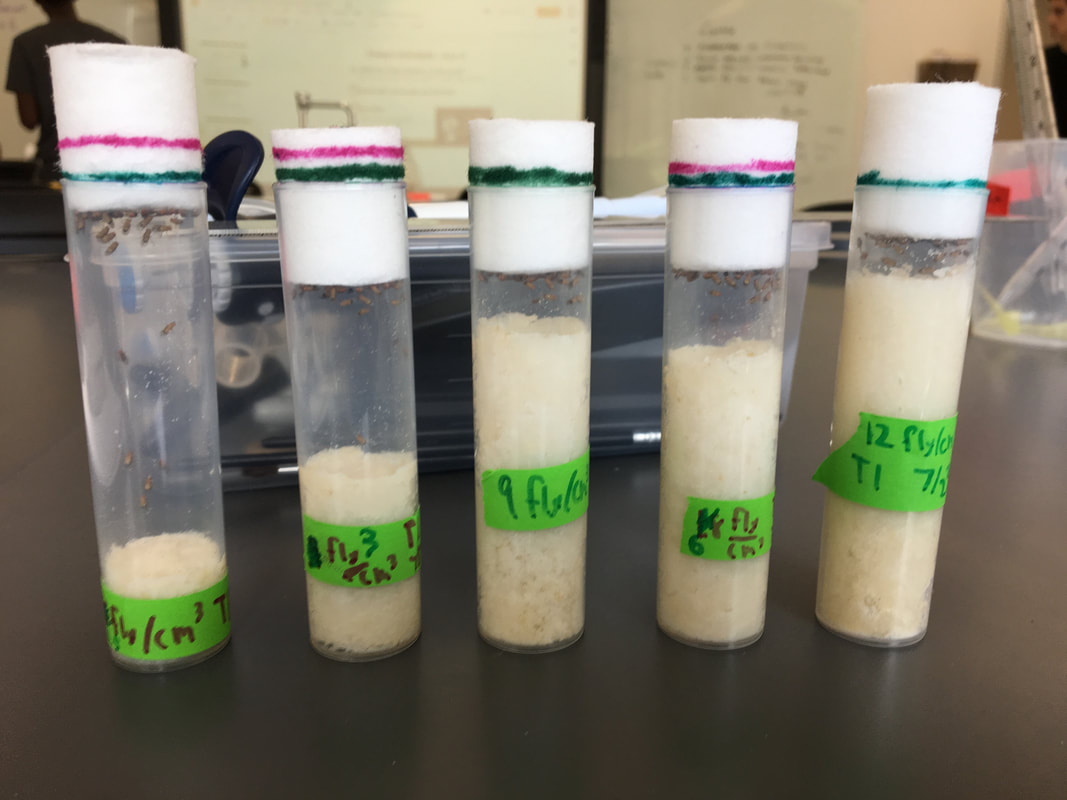


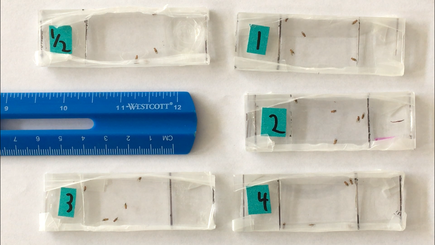
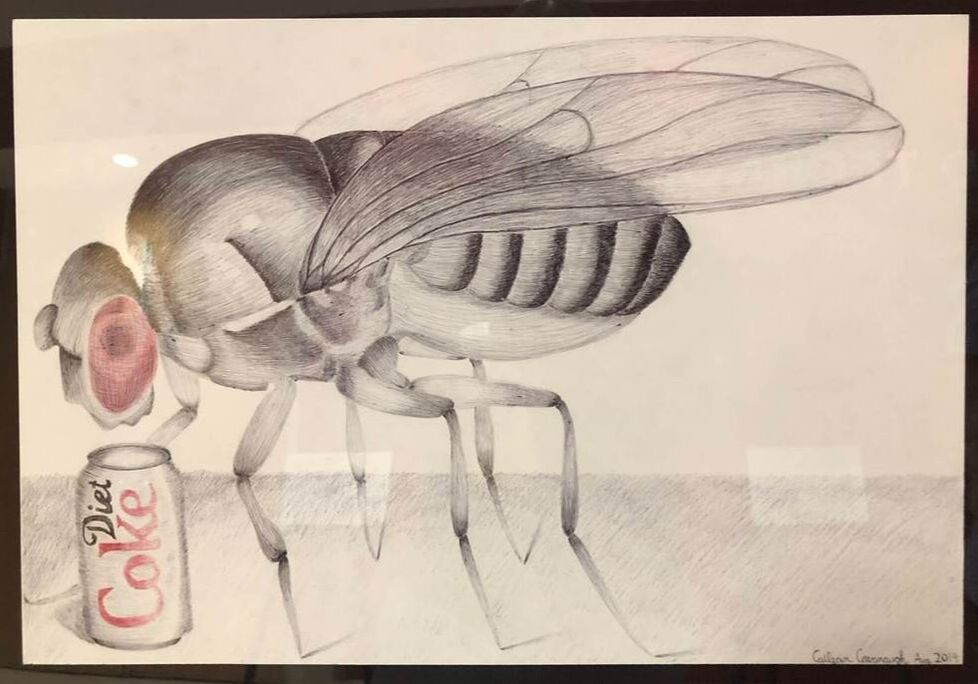
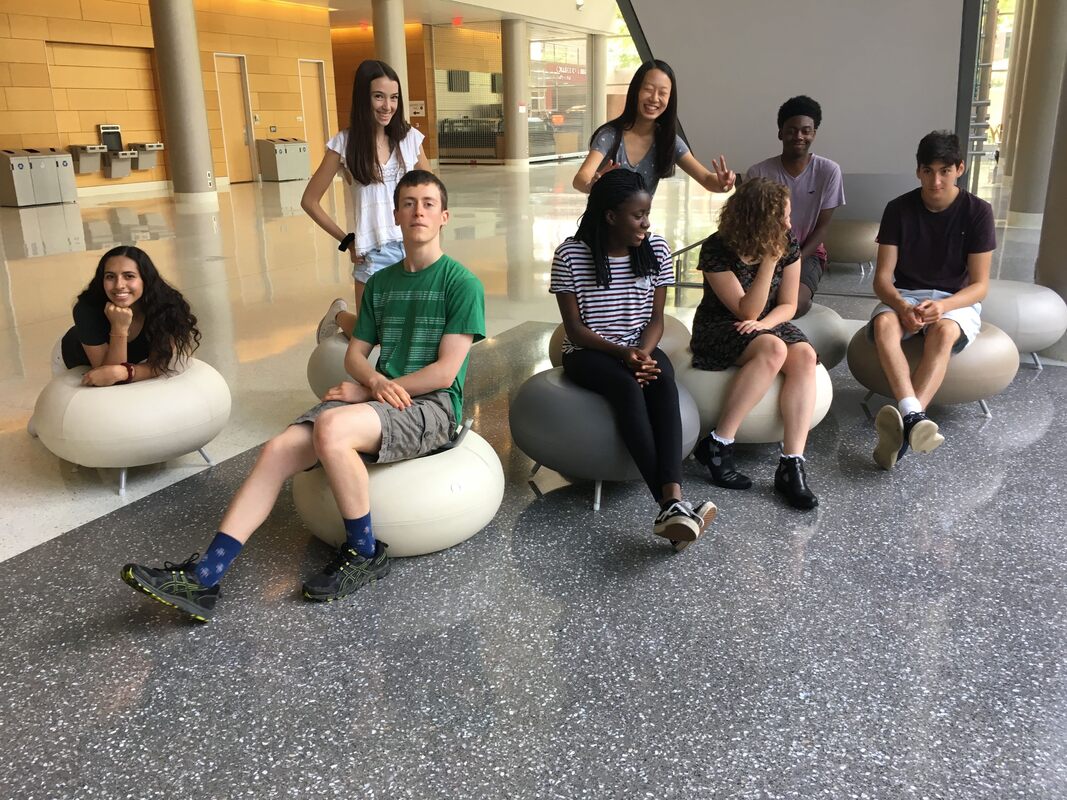

 RSS Feed
RSS Feed